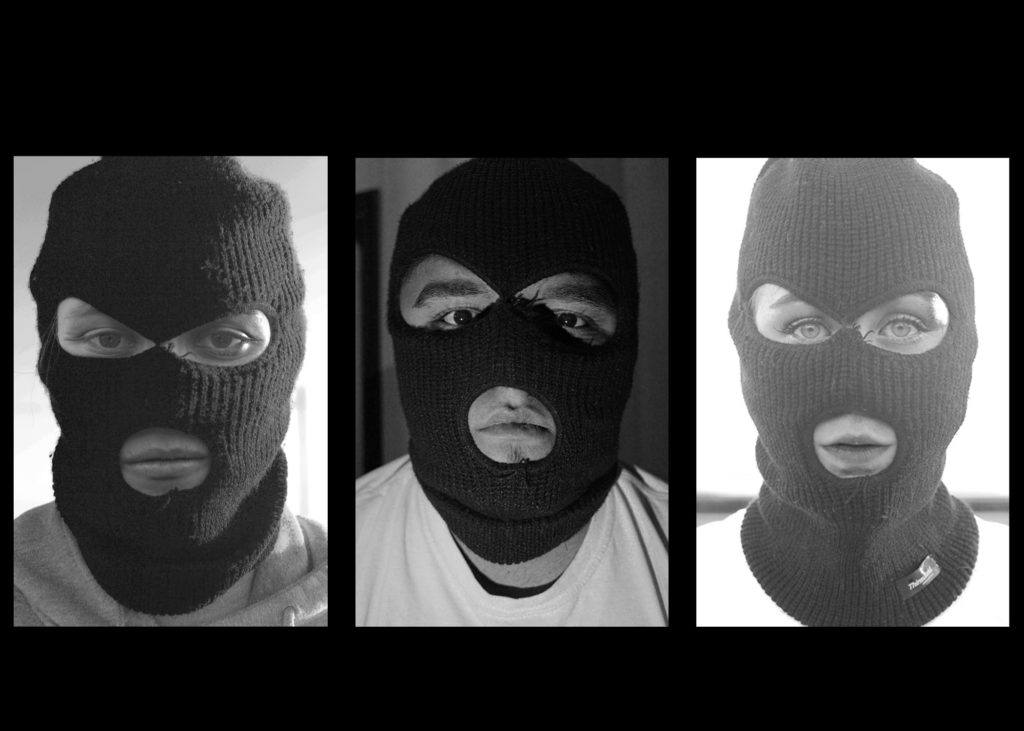Everyday
To help form ideas, I filmed myself everyday for 5 days carrying out the daily repetitive task of brushing my teeth.
I was inspired by the minimalist style of artists such as Marina Abramovic.
Since the beginning of her career in Belgrade during the early 1970s, Marina Abramović has pioneered performance as a visual art form. She created some of the most important early works in this practice, including Rhythm 0 (1974), in which she offered herself as an object of experimentation for the audience, as well as Rhythm 5 (1974), where she lay in the centre of a burning five-point star to the point of losing consciousness. These performances married concept with physicality, endurance with empathy, complicity with loss of control, passivity with danger. They pushed the boundaries of self-discovery, both of herself and her audience. They also marked her first engagements with time, stillness, energy, pain, and the resulting heightened consciousness generated by long durational performance. The body has always been both her subject and medium. Exploring her physical and mental limits in works that ritualise the simple actions of everyday life, she has withstood pain, exhaustion and danger in her quest for emotional and spiritual transformation. From 1975-88, Abramović and the German artist Ulay performed together, dealing with relations of duality. She returned to solo performances in 1989 and for The Artist Is Present (2010) she sat motionless for at least eight hours per day over three months, engaged in silent eye-contact with hundreds of strangers one by one.
In my response, I used red lighting as I wanna explore colour further in my project. All videos are cropped to just the face and played alongside each other to make the variation more distinct.
Repetition
Based on the idea of emotion, I took photos of multiple people wearing a balaclava. The balaclava served as an emotional barrier between the person and the viewer, blocking off most of the face. I consider the mouth and eyes to be the strongest features in presenting how someone feels. People often call the eyes the “windows to the soul”.

For this response, I took inspiration from early 1920s typologies by artists such as August Sander. The movement titled the ‘New Objectivity’ served as a reaction to expressionism.

